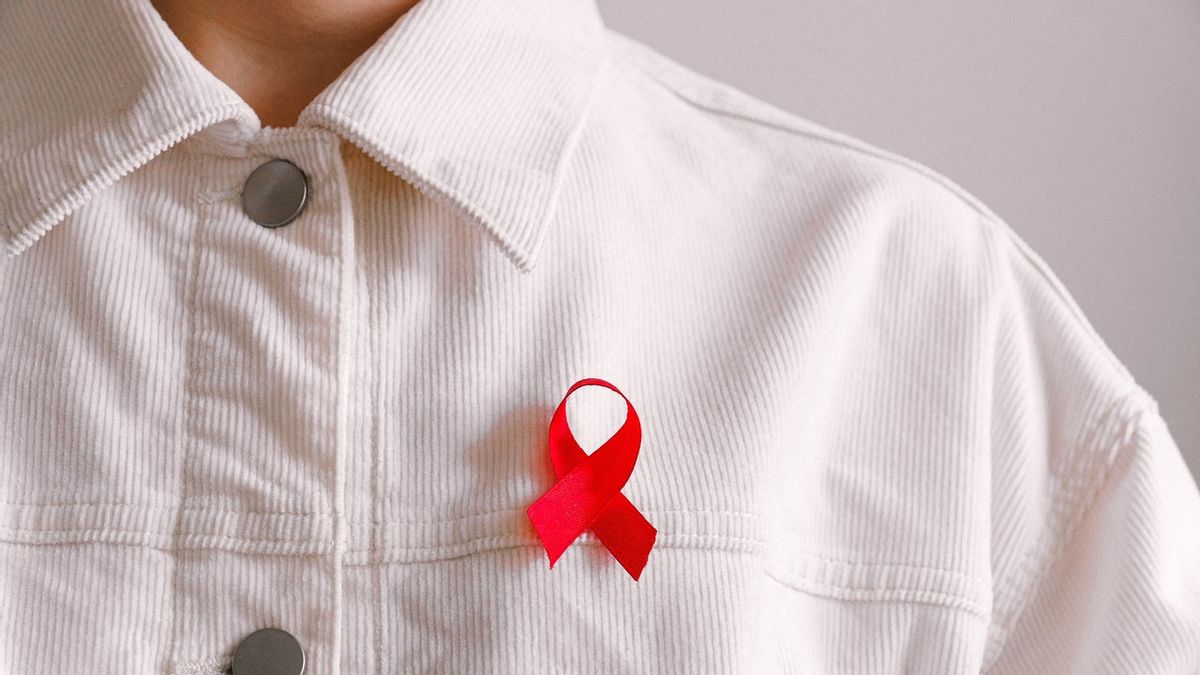JAKARTA - HIV is a sexually transmitted infection (STI) caused by the Human Immunodeficiency Virus. This disease can affect anyone, both men and women. Many people think HIV and AIDS are one unit. In fact, HIV and AIDS are two different conditions.
Quoted from the Mayo Clinic, Thursday, February 11, the HIV virus attacks and destroys the immune system, namely CD4 cells that are an important part of the human body to fight infection.
Meanwhile, AIDS or Acquired Immunodeficiency Syndrome is the development of stage 3 HIV infection. If an HIV sufferer does not get treatment and treatment as early as possible, then there is a possibility that the person will suffer from AIDS.
Transmission of HIV disease can occur in four ways, namely:
Blood transfusion
HIV disease can be transmitted through certain fluids in the body, such as semen, vaginal fluids, rectal fluids, breast milk, and blood. HIV transmitted through blood transfusions occurs when a person receives donor blood from someone with HIV. A person can also get HIV if fluids in the body of a person with HIV get into the bloodstream, mucous membranes, or open wounds in the body.
Sex
The next mode of transmission of HIV is through sexual intercourse, both oral and anal. Transmission through oral sex only occurs when there are open sores in the patient's mouth, such as bleeding gums or canker sores.
Syringe
Sharing needles with people who are suffering from HIV is the most common method and can cause a person to contract the virus. For example, the use of needles when making tattoos or using narcotics.
Transmission from mother to child
Infection can also be transmitted from pregnant women who are HIV positive to the fetus in the womb. This happens because the mother's blood will be exposed directly to the child. Breastfeeding mothers who are HIV positive can transmit the disease to their children through breast milk.
HIV sufferers will forever live with the HIV virus in their bodies. Therefore, people with HIV must undergo lifelong treatment. The treatment carried out also aims to suppress the rate of development of the virus in the body, not to eliminate it. Until now, there is no treatment that can completely eliminate the HIV virus from the body.
The drugs given to people with HIV are antiretrovirals or ARVs. However, over time the HIV virus became resistant to one class of ARVs. For that, the researchers combined ARVs into five groups and administered them to patients according to the level of symptoms they felt.
If one ARV combination is not successful, the patient must immediately consult with the medical team to switch to another combination of ARVs.
So that you can avoid transmission of this disease, you can avoid free sex, do not use needles alternately, use condoms during intercourse, cover all types of open wounds, and administer hepatitis A and hepatitis B vaccines.
In addition, changing your lifestyle to a healthier one can also help improve your health.
The English, Chinese, Japanese, Arabic, and French versions are automatically generated by the AI. So there may still be inaccuracies in translating, please always see Indonesian as our main language. (system supported by DigitalSiber.id)













